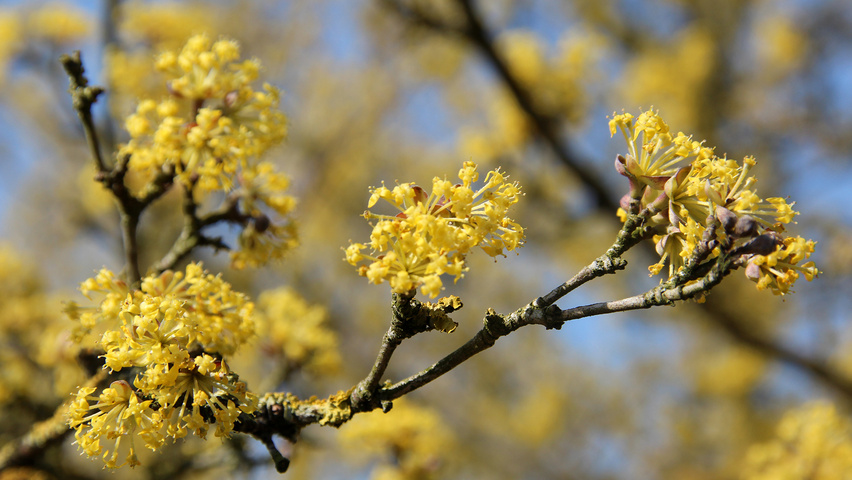

Bollettino della Società entomologica italiana 152(3): 111-114. First report of Stephanitis lauri Rietschel, 2014 (Heteroptera, Tingidae) in Italy. Abenaim L, Rossi E, Rizzo D & Guilbert E, 2020a. White blister rusts and downy mildews from Bajaur Agency FATA, with some new records from Pakistan. Abdul Haq M, Shahzad S & Qamarunnisa S,2015. (Lepidoptera: Tortricidae) by using egg parasitoids of the genus Trichogramma. Biological control of grape berry moths Eupoecilia ambiguella Hb. I Coleotteri Curculionoidea del parco nazionale delle Foreste Casentinesi, Monte Falterona e Campigna (Insecta Coleoptera): 1° contributo. Abbazzi P, Bartolozzi L, Crudele G & Sforzi A, 2003a. A new species of Tranzschelia (Uredinales) on Prunus mahaleb. Taxonomy of Puccinia striiformis in Iran. Abbasi M, Hedjaroude GA, Scholler M & Goodwin S, 2004a. Proceedings of ANAS (biological and medical Sciences) 72(3): 62-68. New host records of the genus Golovinomyces (Erysiphales, Ascomycota). Abasova LV, Aghayeva DN & Takamatsu S, 2017a. New and interesting records of Lepidoptera from Norway. Aarvik L, Karsholt O, Larsen K & Schnack K. Norwegian Journal of Entomology 58: 1–6. Xestia gelida (Sparre Schneider, 1883) (Lepidoptera, Noctuidae) rediscovered in Norway. Contribution to the knowledge of the Norwegian Lepidoptera. Aarvik L, Bakke SA, Berg Y, Berggren K, Hansen LO, Myhr K & Svendsen S, 1997a. Gjenfunn av veronikapraktvikler, Aethes triangulana i Norge. The Norwegian species of Pammene HUbner (Tortricidae). Records of Lepidoptera from Haeya and Oswya in inner Oslofjord. in: Checklist of the Diptera of the Netherlands (Beuk PLT, ed.): 233-237. Anthaxia salicis, nieuw voor de Nederlandse fauna (Coleoptera: Buprestidae). Nederlandse faunistische Mededelingen 14: 19-22. Aartsen B van, 2001a Rhagoletis indifferens, een nieuwe boorvlieg voor de nederlandse fauna (Diptera: Tephritidae). Nederlandse faunistische Mededelingen 5: 5-8. Nieuwe en zeldzame zweefvliegen voor de Nederlandse fauna (Diptera: Syrphidae). Some pycnidial fungi occurring om Atriplex and Chenopodium. In his 1914 publication, The Standard Cyclopedia of Horticulture, horticultural rockstar Liberty Hyde Bailey explains that dogwood trees get their common name because a medicinal extract from their leaves was used in England to wash mangy dogs.A B C D E F G H I J K L M N O P Q R S T U V W X Y Z ▲ Aa H van der & Kesteren HA van, 1979a.This hard wood was valued greatly by the Greeks, and it is said they used Cornelian cherry wood to make javelins and spearheads.The genera name, Cornus, is derived from the Latin word for horn, referring to the very hard wood of the dogwood.To provide some historical context to our Plant of the Month, here are some interesting facts:.Pour into sterile jars and seal (or consume right away to save that trouble). Periodically skim off the foam that comes to the surface of the mixture. Stir in the fruit and simmer for an additional 30 minutes, or until the syrup has thickened. In a large pot, bring the sugar and water to a boil, stirring until the sugar dissolves. The jam tastes great on top of a good, crusty bread…just watch out for the pits and make sure the berries are fully ripe when picked. An even tastier way to consume Cornelian cherry fruit is to turn it into a jam. While some people might find them unpalatable, I enjoy eating the berries straight off the tree they remind me of the sweet-tart flavor of cranberries. As much as I enjoy the flowers of Cornus mas, my favorite aspect of the plant is the deeply red drupe-like berries it produces in the summer.This way, its bright yellow color will pop! To best highlight the bright color of Cornus mas flower clusters, I recommend selecting a planting site near a dark-colored background, such as a building or dense conifer.Instead, I’d like to share a few added tidbits about this plant that is currently showing its colors at the Scott Arboretum: Becky Robert, our Member and Visitor Programs Coordinator, wrote an informative article on Cornus masfor our blog last week, so I won’t reinvent the wheel here. March’s pick for Plant of the Month is one of my favorite early blooming trees, Cornus mas, or the Cornelian cherry dogwood.


 0 kommentar(er)
0 kommentar(er)
